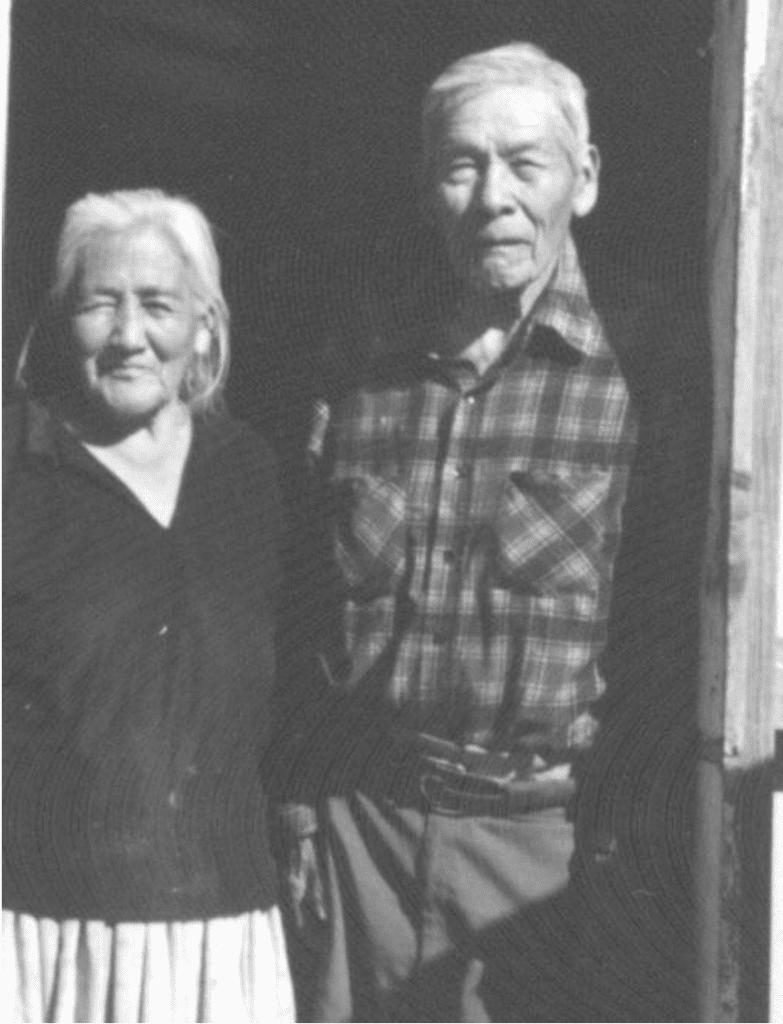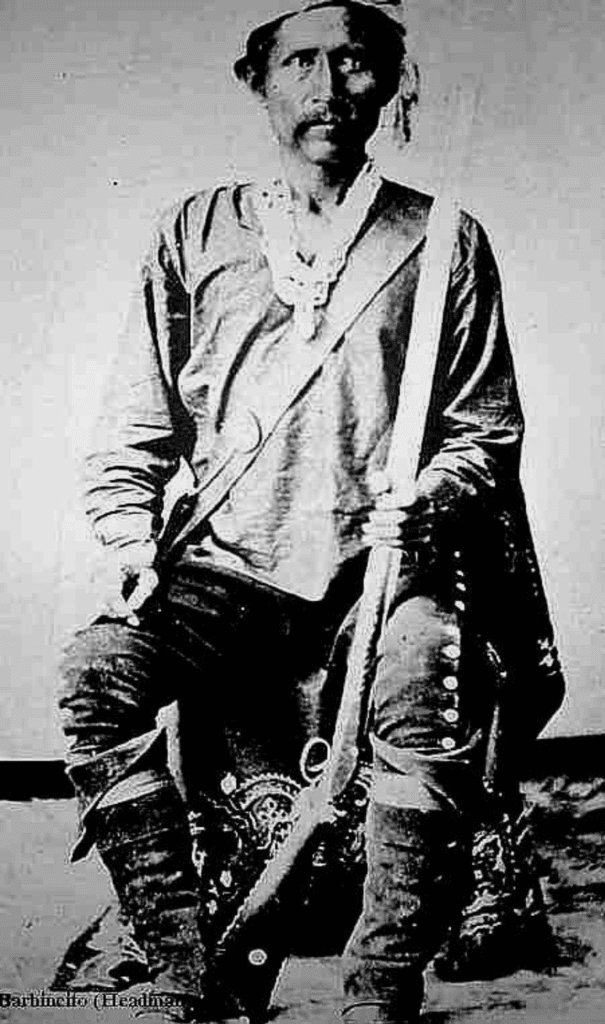By James Skeet
Since we have started our journey to farm and ranch on our ancient lands, we have been challenged to create a perspective that describes and articulates our relationship to the land. As a result, we have come across some very creative and wonderful ways of life that we feel very passionate about and want to share. Our hope is that we can communicate these possibilities and encourage potential Native growers and ranchers to bring their creativity and passions to the agricultural table.
Research with Native peoples and on Native lands has been a one-way flow of information out, just like the resources and art that exists in our land and in our people. These resources and information have been extracted and profited from for centuries. Federal support and grants available to Indigenous growers are difficult and cumbersome to access and qualify for. Philanthropists are disconnected with what our community of color suffers from and how to bring about equity.
What is more devasting and confusing is the way many of our indigenous people have bought into the industrial system. In doing so, they proliferated this detached structure as the only way of life, which is often the only choice in an attempt to practice indigenous customs. Oftentimes indigenous people have no option but to buy into the industrial system in order for themselves and their traditions to survive. We have become urbanized and detached from our language and our indigenous cosmology. Our native people have become a part of the problem by fully and unquestionably dissolving our ancient lifeways; consequently, looking and smelling like colonial citizens and government Indians. Government Indians are passively procuring and espousing a false sense of tradition and romanticism of ancient practices.

This is a messy approach to life: to be an indigenous person, aware of and navigating colonialism and the power it yields. The industrial currency-based approach has always produced competition, exploitation, and destruction to all that is natural and earthy. Examples abound from extinction to extermination; therefore, we cannot agree anymore with the way things are going, how privilege dictates our way of life and the projection we aim to accomplish by life’s end. We want to treat work as a way to worship our Creator.
To be indigenous is to be regenerative, organic, and pro-biodynamic. It is moving away from linear thinking and trying a different approach to dynamic and cooperative thought. It is decolonizing the soil and treating the soil as life giving energy. Soil decolonization means to humbly move energy you have from one section of the farm to another in hopes of entering into life’s creative cycle and to help Mother earth regain the balance. It is about cooperation among the fungi and plants, rather than competition and production. It is composting and allowing the biology to dictate the nutrient density of your produce. It is connecting multiple parts of the system by using the animals you so carefully husband, to begin the process of microbiology and smelling the finished product of composting so that it hits all the endorphins in one’s brain, triggering a joyful well-being.
It is carefully keeping watch that you feed your animals with the best feed that is fermented to optimize the full potential of the grains. To truly be regenerative requires taking soil that is reduced to mere dust bowl quality and to amend it to begin the process of plant succession. Re-attachment to plant conversation as well as what the animals are expressing to you and your role as keeper and worker of life is the ultimate expression of indigenous identity. Having an identity as a native person is the strongest path to self-decolonization. Many native people have been industrialized, resulting in being up to 90% colonized, but it is the last 10% of our indigenousness that is hopeful for future farmers and ranchers.
Decolonizing, and the journey it will take you on, is one of healing. The industrial system has mass produced crops exponentially to meet the ever-growing population. For example, the art of bread-making moved from craft that requires days to yield good sour dough bread using local wild yeast present in the air, to using artificial yeast that allows quick minutes to hours of yield time. The result in our stomach is an over population of yeast resulting in varied symptoms to grains and yeast. For hundreds of years using wild yeast local to a location and the relation to the biology in one’s stomach was a key correlation to the biology in that specific location.
The industrial manufactured formula for mass production involves competition and measured monetary gains from mono-cropping, using insecticides to eliminate so-called weeds, and using tractors to tear into soil for maximum gain. It has been a slow and generational change that in hindsight creates a realistic image of lands completely to near completely overused and contaminated. The source of our demise in land and water can be traced back to industrial farming techniques.
The land on which we have started our farm is a prime example of short-term gain and long-term consequences. My granddad, whom I love and respected, in order to migrate into the industrial systems of his time, plowed the land we now live on and produced a couple years of annual crops referred to as the 3 sisters: corn, beans and squash. He did very little to amend the land except to rip into the microbial habitat that produced tall grasses established slowly and for hundreds of years. The delicate microclimate in our area is driven primarily by annual monsoon rains in the summer and snowpack in the winter. At about 7,000 plus feet of elevation, growing anything is difficult and great attention is given to the native cosmology of farming practices that go deep, rich, and intricate into religious activities. Industrial farming has no patience or room to hear the processes that our ancient fore-bearers have developed through the foundational native science of cosmology. These are fundamental laws that have governed and mitigated self-sufficiency.
Furthermore, my granddad was a forerunner entrepreneur headman among the local Navajo community and was expected to cover and lead into new opportunistic opportunities for his people. He had the first model T driven by a native person and worked to help the local Mormon dairy and pig farm on allotted checkerboard lands. He also corralled people into mission trucks for them to begin their conversion into Christianity as a way to get the missionaries off his back. He lived during a time when the Navajo Nation was espousing and establishing their role in the colonial system by creating a logo on their flag of industrial partnership with the federal government that has exploited the nation by pulling uranium, coal, hydroelectric, oil, and other minerals out of the reservation. This agreement created electric power for many citizens in large metropolis cities in the southwest, while on the flip side created a large and heavy dependence on outside revenues for the Hopi and Navajo nations. The companies are in the process of pulling out the financial rug from underneath the two tribes regardless of the impact and long-term industrial junk the companies are leaving behind.

Indigenous religious leaders of the past have intricately and selectively produced a complex relationship with the environment and managed an ongoing cosmology to lay the framework of organic and regenerative approach to growing and sufficiency for generations. The indigenous technology and sophistication were interrelated, not compartmentalized like the neo-platonic thought of separating the physical and spiritual realties that imperialism undergirded and made as its premise. To view the world as an endless resource, the wild and so-called “frontier” had its way of taking resources on a one-way flow into Europe because the European market was stagnating and collapsing on itself with increased prices for a loaf of bread. Consequently, extraction and land grabbing became a strict policy of the American’s forced economy, driven by European banks. It was later legitimized by congress and JP Morgan.

The new world and its people possessed the resources as well as the nature of humility and a delicate relationship with the environment and the cooperative approach to life. To an imperial system driven by currency made it easy pickings to rape and pillage at will. Desperate colonizers rushed for opportunities to enter into gaining wealth, goods and greed. Small bugs unseen and unknown to the new world spread, killing many indigenous people, disrupting the delicate cosmology of sufficiency resulting in an abundant loss in species, knowledge, and worldviews. The light that shines so brightly in the new world of cosmology, trade, and commerce dimmed to a mere flicker. Our indigenous identity as a prophetic voice of organic and regenerative farming practices changed to focus primarily on healing and survival.
Indian people sold out to a bureaucratic system and now maintain and uphold the very philosophical energy that demised and exploited our resources and people. Scientists and researchers are just now beginning to adjust to what our religious leaders understood for generations; they are accessing the power of plant communication, micro biology, and animal relationships. Imperial systems driven by industrial waves will ultimately result in exploitation of native lands and people; it creates a competition and production worldview that will impact and drive the very nature of farming and ranching until resources are depleted and used up.

That is why Crazy Horse, Sitting Bull, Barbincito, Manuelito and other indigenous leaders fought to resist the domination and exploitation of mother earth and the children she nurtured generation after generation. A way of life and the ingenious relationship to earth, soil, and sky was subjugated by production, contamination, and exploitation. Within indigenous people is a sense of identity for those who have not lost their connection to ancient pathways and those on the journey of calling forth what is in their DNA and what it means to be a conscious steward; a true indigenous science called cosmology. This is our migration back to center and to be fully indigenous in our identity.☺
—————————————
There has been a demand from many communities and organizations requesting workshops on regenerative soil life farming, composting and Indigenous cosmology of the importance of our relationship with the soil. So far in 2019, we have impacted 711 people through 30 workshops, tours, building gardens, compost camps and pow wows, and meetings. We are also currently collaborating with several organizations in AZ and NM, each focusing on regenerative farming.
The first lady of the Navajo Nation with her executive staff visited our farm and discussed ways to communicate opportunities to bring regenerative agriculture to the forefront of our people. She is surprisingly well versed and fully aware of our approach and mission at Spirit Farm. Having her visit the farm has inspired us to endure the pathway and we look forward to continuing our relationship and collaboration.
We are also involved with organizations across New Mexico who are strategically positioned to make shifts from production and industrial farming towards holistic land management and regenerative agriculture. Consequently; the summits will help move policy makers to design and implement changes necessary for carbon sequestration and soil remediation. Covenant Pathways represents the voice of our indigenous people.
Your support greatly affords us the opportunity to be present in these critical and crucial conversations happening across this country.
We want to thank our Support Base:
- Colorado Plateau Foundation
- Honor the Earth
- Thornburg Foundation
- NM Social Justice
- First Presbyterian Church of Glen Ellyn, IL
- And, to all our individual donors
Please, join us in our effort to support Native Growers and Ranchers, and to increase our carrying capacity to bring awareness and a voice for our Native people


